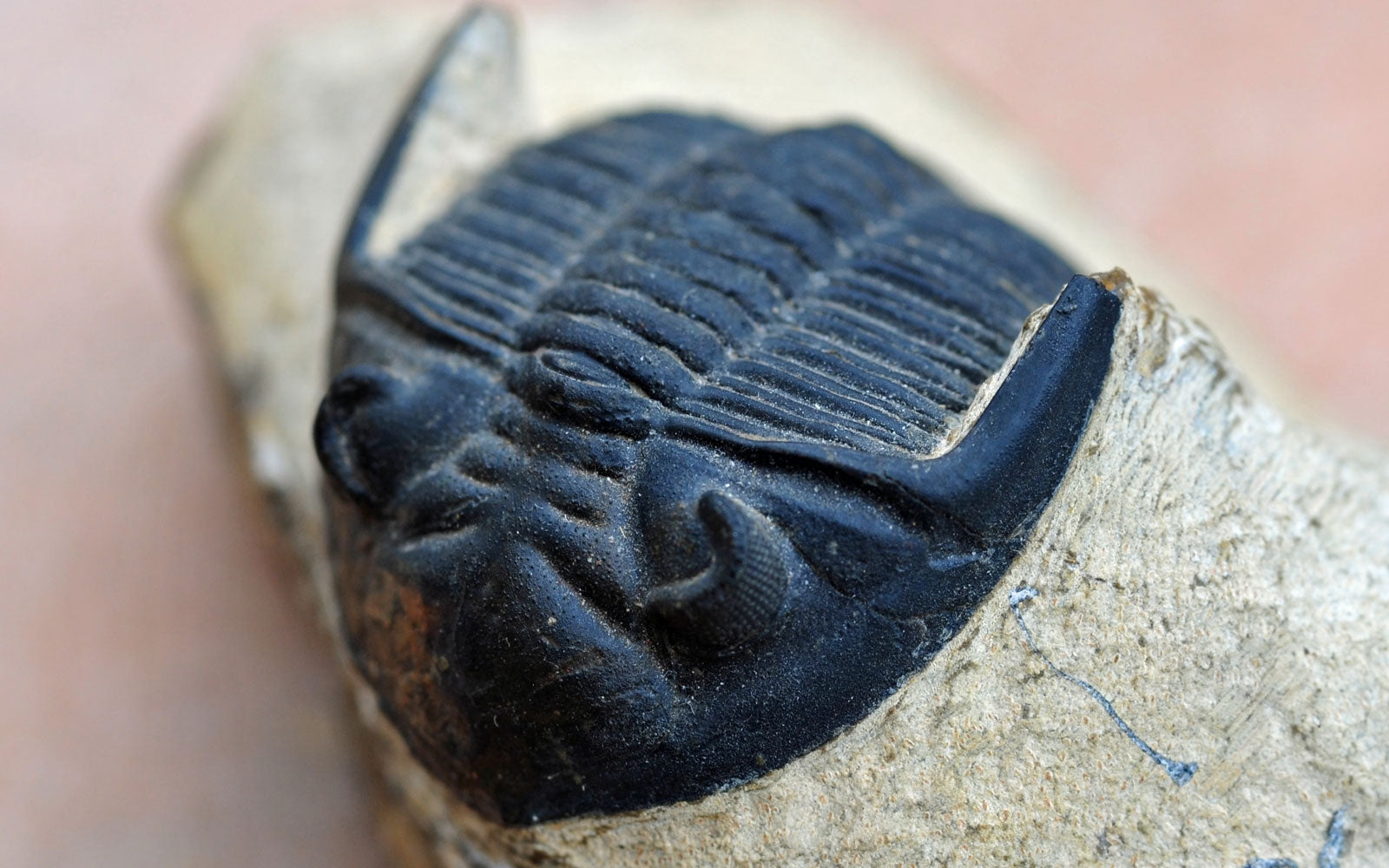
Trilobites: Surprisingly Complex Fossils
It’s no surprise that, with such a fascinating history and representing the most diverse group of creatures in history, trilobite fossils draw the interest of people from all over the world Fossils are fascinating artifacts that reveal so much about natural history and the way many species previously lived.
Trilobite fossils are a unique gift for the fossil collector, nature lover, or history buff in your life. Fossils are a tangible reminder of our history, helping us gain a deeper appreciation for the life around us, both past and present.
What Are Trilobites?
Trilobites are arthropods and are said to have existed as far back as 542 million years ago, with more recent types believed to be from around 251 million years ago. The most prominent varieties were the ones found the earliest, in the Cambrian Period.
Trilobites are often compared to ammonites, another well-known fossil, but they’re quite different. Trilobite fossils are the molds of the actual body of the animal instead of the shell casing, and they come in many shapes and sizes, which is no surprise as there have been over 20,000 species of this creature discovered throughout history.
Are Trilobites Lucky?
Short answer, yes! Because trilobite fossils are some of the oldest fossils around, they are considered pieces that will bring good luck to the owner. Additionally, they are known as a fossil representing leaders and strength due to their ability to stick around for millions of years. A trilobite fossil could be a great gift for someone starting a new endeavor, be it getting a new job, home, or starting a new school year.
The Trilobite Body
Trilobite fossils are distinct and easy to recognize. The prefix tri means three, so trilobites are named for the three segments, or lobes, on their bodies. Because they are segmented in such a specific way, their go-to defensive position was to roll themselves into a ball, kind of like an armadillo.
This defense mechanism is one of the reasons we have learned so much about natural history through trilobites; they are often found preserved in that position, indicating valuable information about their everyday lives.
For instance, their predators were giant seaworms and crustaceans. Their defensive position made them impossible to digest and difficult to crack open, even with claws. Trilobites were near the bottom of the food chain, but knowing about their defense mechanisms and predators reveals great information about the natural order of the time.
Types of Fossilization
Fossils are essentially the remains of something that has previously existed. Though there are millions of different fossils, trilobites belong to the category labeled “body fossils.”
Body fossils are the simplest type and are typically what we think of when we hear the word “fossil.” As animals die and decay, an imprint of their body is left, which is then filled in with sediment.
Trilobites are mostly a dark brown to black color, similar to shark tooth fossils. This is because the sediments that settle in during the fossilization process are very dark and even appear darker over time.
Where Can Trilobite Fossils Be Found?
Fortunately for fossil hunters all over, trilobites have been found on every single continent in the world. This supports the notion that all continents were once connected, forming a supercontinent called Pangea. The three most common places to find trilobite fossils are:
- Western Canada
- Eastern Europe
- Southern China
It’s quite rare to find a whole one. However, pieces and parts of trilobites are abundant in the parts of the world listed above. So, if you ever find yourself on vacation to those places, consider adding a fossil hunt to your itinerary! Fossil hunting is a great way to find a little slice of history while engaging family and friends of any age.
Trilobite Fossils as Gifts
Whaler’s Locker is the perfect place to shop for various gifts for all the folks in your life. Trilobites make excellent gifts for science lovers of all ages. For the young collector, a Tiny Fossil Trilobite could be the perfect piece to spark interest and initiate a new hobby.
Three types of larger trilobite fossils available at Whaler’s Locker include:
- Phacops Trilobite Fossil
- Cornuproetus Trilobite Fossil
- Cyphaspis Trilobite Fossil
Phacops Trilobite Fossil
Though it can be found in many different parts of the world, this particular Phacops genus was found in Morocco. Phacops are known for having very distinct and recognizable segments, making them a beautiful statement piece to display.
Cornuproetus Trilobite Fossil
This small but mighty fossil also comes from Morocco, specifically from the Anti-Atlas Mountains. It lived around 380 million years ago and is quite unique, as you can make out the shape of the animal’s head as well as its distinct three lobes.
Cyphaspis Trilobite Fossil
This beauty is known as an Otarion trilobite. This piece is a rare find and would be invaluable to any natural history lover, as the legs of the arthropod are preserved, and you see a full cast of the animal.
How to Display Trilobite Fossils
Procuring the trilobite is the fun part, but housing and displaying your collection poses another issue. Due to the wide variety in size and shape of trilobite fossils, it may be difficult to show off your treasures. A trick for your smaller pieces is to put them in a tackle box. This ensures they are safely housed and easily accessible.
A trophy case or display shelving is the way to go for your larger collectibles. This ensures you can brag about your fossils to all your guests while adding a touch of natural flair to your home décor.
Where Can I Buy Trilobite Fossils?
Ideally, everyone would be able to go to a local beach and find beautiful shells, sea glass, and fossils of all varieties, but that just isn’t the case. Fortunately, a reputable retailer like Whaler’s Locker is committed to providing the highest quality natural gifts.
Whether you’re looking for a gift for the person who has everything or you’re seeking out a fun way to get your kids interested in history, a trilobite fossil is a perfect way to spark anyone’s interest and improve their fossil collection.



